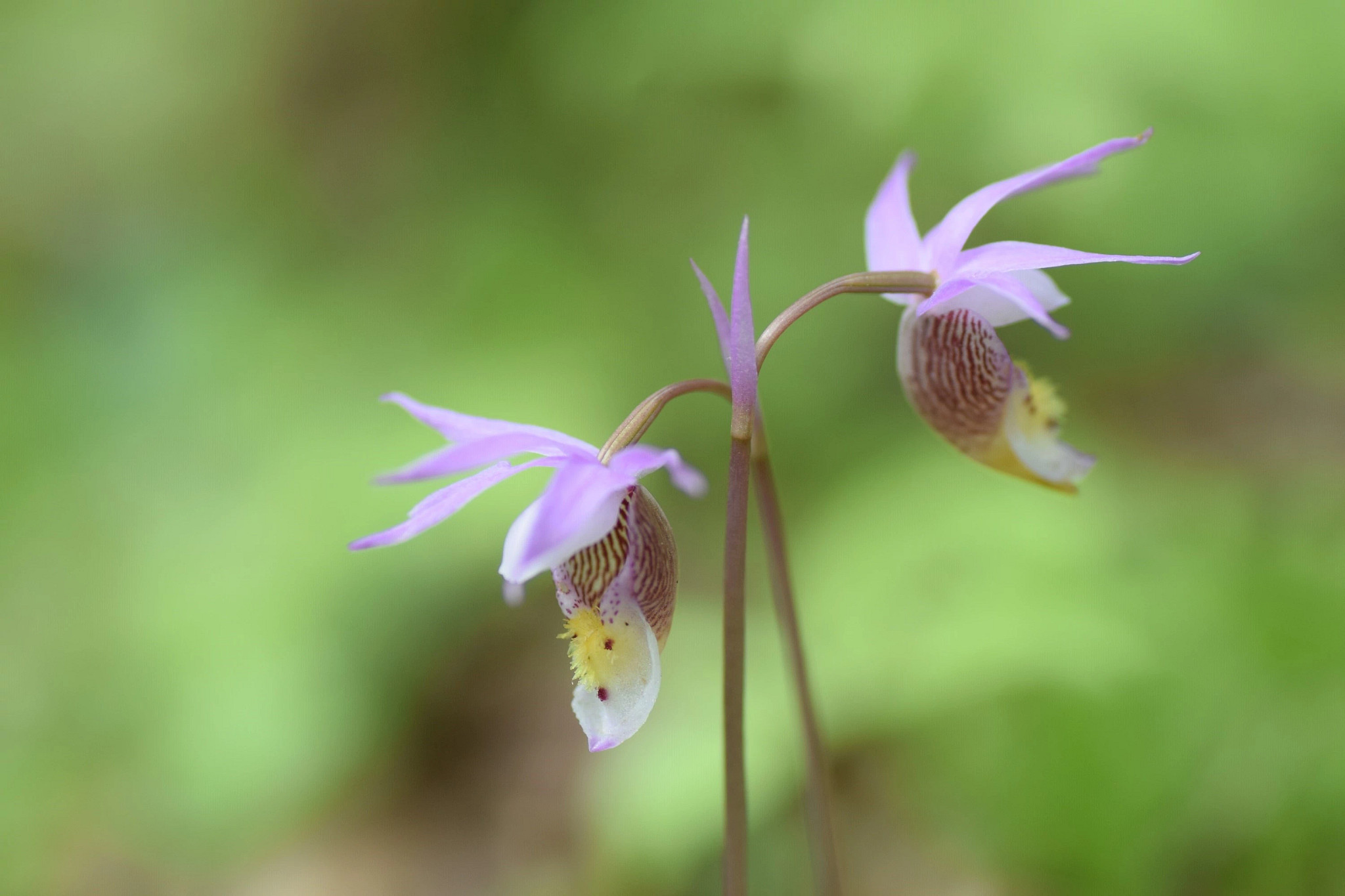Contact: Kevin Doyle, DNR Rare Plant Monitoring Program Coordinator
KevinF.Doyle@wisconsin.gov or 608-416-3377
Volunteers Discover New Populations Of Rare Orchids And Milkweeds
 The DNR today announced that new populations of some of Wisconsin’s rarest plants, including orchids and milkweeds, are among the discoveries made by trained volunteers for the department’s Rare Plant Monitoring Program.
Photo credit: Chelsey Lundeen
The DNR today announced that new populations of some of Wisconsin’s rarest plants, including orchids and milkweeds, are among the discoveries made by trained volunteers for the department’s Rare Plant Monitoring Program.
Photo credit: Chelsey Lundeen
MADISON, Wis. – The Wisconsin Department of Natural Resources (DNR) today announced that new populations of some of Wisconsin’s rarest plants, including orchids and milkweeds, are among the discoveries made by trained volunteers for the department’s Rare Plant Monitoring Program.
Their discoveries are featured in the program’s recently released 2020 annual report and include:
- A new population of calypso orchid, a state threatened plant, found in a white cedar swamp near Crandon. Fewer than five calypso populations remain in Wisconsin, and dozens of surveys in recent years for the plant had failed to find any.
- The return of the federally threatened eastern prairie white fringed orchid to a site where it had not been seen in six years despite annual surveys.
- New populations of the state endangered purple milkweed were found in Kenosha County and at two other sites in western Wisconsin.
More than 14% of Wisconsin’s 2,366 native plant species are considered rare, meaning they are listed as endangered, threatened or special concern.
Fifty-nine trained volunteers dispatched to locations around the state last year submitted 265 reports of rare plants they found, including 58 populations in areas of Wisconsin where they have not been documented before. More than 200 reports were status updates on plants at locations where they had been historically known.
“Our volunteers provide a huge amount of data that allows us to keep tabs on more rare plant populations than we would otherwise be able to,” said DNR Rare Plant Monitoring Program Coordinator Kevin Doyle. “Without their information we wouldn’t have as good an idea of what sites are becoming degraded or what populations are languishing, and where we need to take management action to help protect those plants.”
Since 2013, the DNR’s Rare Plant Monitoring Program has trained and sent volunteers to check on the health and size of rare native plant populations. The volunteer program is the largest source of rare plant data in Wisconsin and unique in the Midwest for its breadth of surveys statewide.
Become A Rare Plant Monitor
The required training to become a 2021 Rare Plant Monitoring Program volunteer is now available online. Participants are trained in surveying techniques, including how to accurately estimate large plant populations, assess habitat condition and use GPS coordinates to locate and mark rare plant populations. Plant identification training is not provided.

